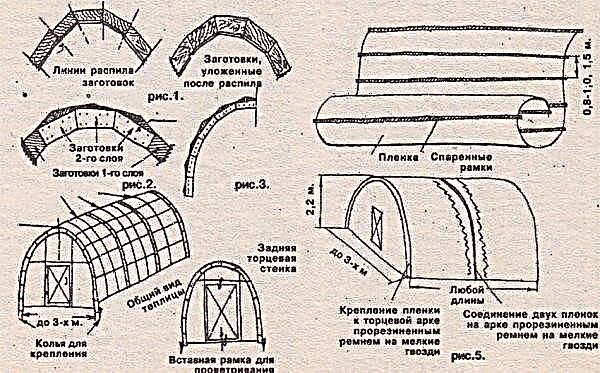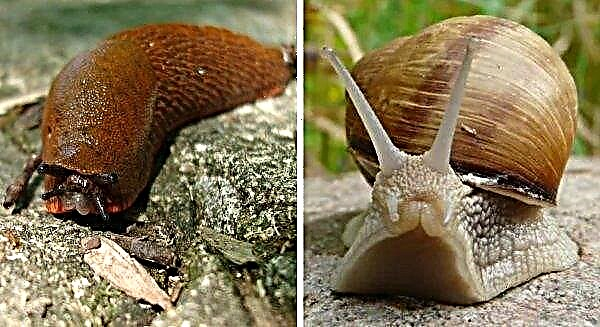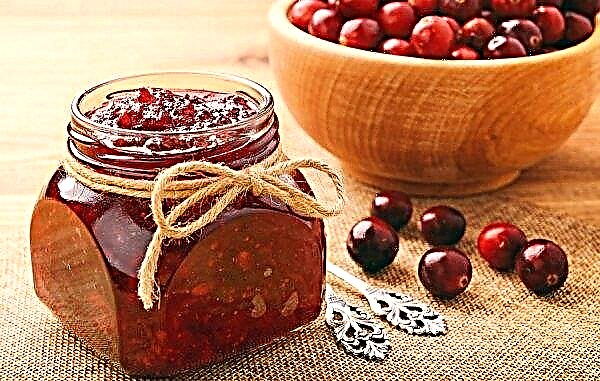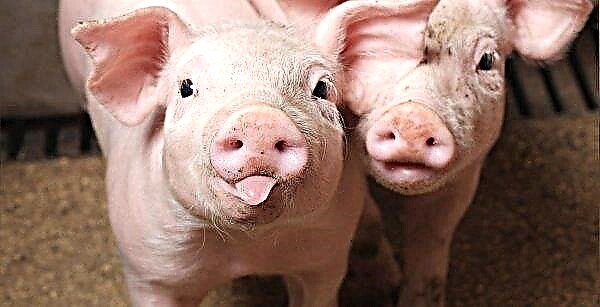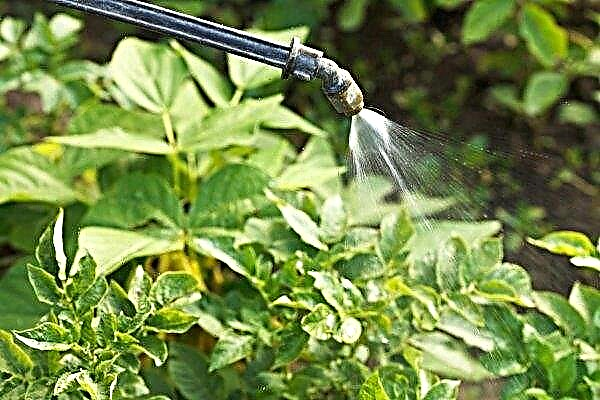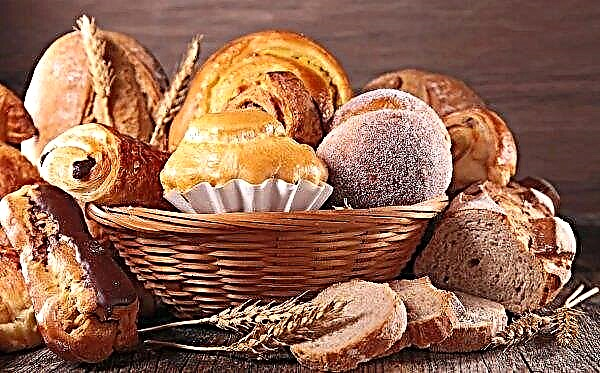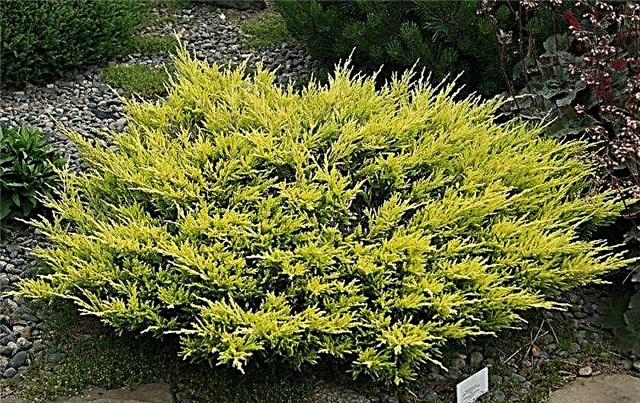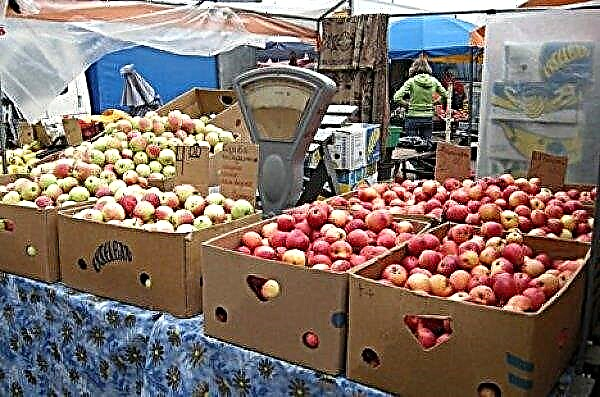Mulching - covering the surface of the soil with materials suitable for this kind of procedure. The mulch can be: peat, dark film, sawdust, wood chips, horse manure, etc. Gardeners increasingly began to use the bark of coniferous trees, in particular, Siberian larch, which can be made independently or purchased in specialized stores. What benefits larch mulch brings - further in the article.
The benefits of mulching with larch bark
Mulching land using natural material is beneficial in the following ways:
- moisturizing and fertilizing - Mulch retains moisture in the soil, preventing its evaporation and weathering of useful substances in the soil. After some time, the lower layer of the bark adjacent to the ground disintegrates and creates an environmentally friendly fertilizer that penetrates deep into the soil and nourishes the root system of plants;
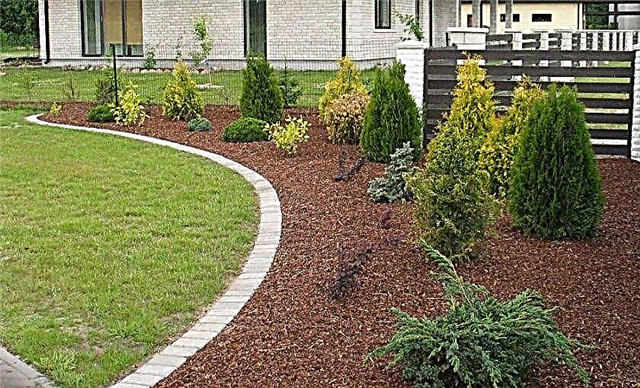
- resistance to mold and insects - due to its properties, the larch bark does not decay, dries quickly after watering or rain, repels pests (especially slugs and snails);
- soil protection - Larch mulch prevents overheating or freezing of the earth, and also prevents the germination of annual weeds;
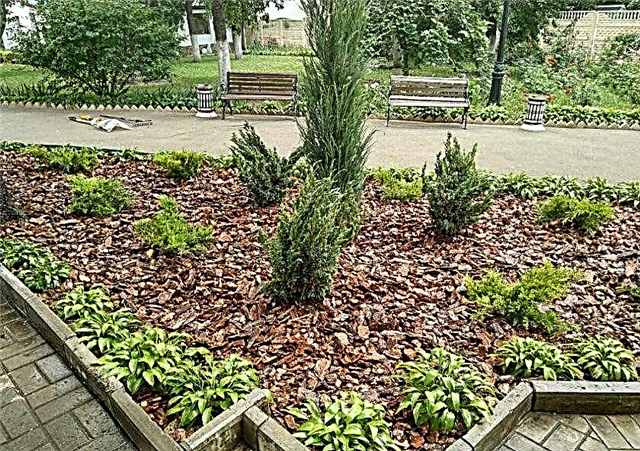
- decorativeness - It is used to create flower beds, paths, and separate plots, which improves the appearance of personal plots;
- does not affect soil acidity;
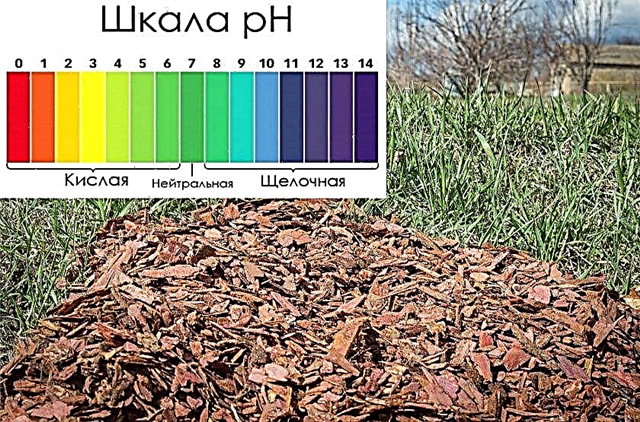
Rules for use and styling
The process of harvesting and laying larch mulch should be taken seriously and responsibly. Incorrect mulching can even harm growing plants.
Important! It is contraindicated to remove the bark from growing plants, as this will lead to their death. It is also not recommended to harvest material from destroyed trees, which can be infected by pests or fungal diseases.
It is carried out as follows:
- Bark can be prepared independently or purchased in a store.
- It is best to use material from felled trees (no earlier than six months).
- From all sides it must be treated with antiseptic agents.
- Dry for 15 days.
- Grind the material with a chip cutter or other device.
- It is recommended to lay mulch in the spring (in May), when the soil warms up and dries well. You can also carry out this procedure in the fall to preserve beneficial microorganisms in the ground or to warm plants for the winter.
- The place under the mulching needs to be dug up, cleaned of weeds.
- Fertilize: rotted cow manure (5–8 kg per 1 m²), peat (2.5 kg per 1 m²) or compost (5 kg per 1 m²), urea (30 g per 1 m²), superphosphate (25 g per 1 m²) potassium sulfate (20 g per 1 m²).
- Pour bark with a layer of 2 cm, if the earth is heavy, and up to 8 cm, if the soil is loose and light.
- Mulch should not be rammed, it should lie in an even layer.
Video: Mulching the soil with larch bark
Which is better - larch or pine bark
Most often, pine and larch mulch are produced from conifers. Both breeds have medicinal properties, release beneficial phytoncides into the atmosphere, enrich the soil composition after decomposition, protect the soil and plants from temperature extremes, perform the function of drainage, look very nice on flower beds and other decorated areas, facilitate the work of gardeners to destroy weeds, etc.
In addition, they also have some differences shown in the comparison table:
| Sign | Larch mulch | Pine mulch |
| Term of use | 4-5 years old | 3-4 years |
| Insect and mildew resistant | more stable | less stable |
| Moisture evaporation | dries faster | dries more slowly |
| Colour | Dark red | brown |
| The need for fumigation smoke | does not need | needs |
| Availability | hard to get | easy to purchase |
| Decorative | more decorative | less decorative |
From the above it follows that designers are more likely to use larch bark in their work than pine.

Due to the unique natural properties, larch bark as a mulch is highly recommended by experienced specialists. It will bring many benefits to the soil, plants, being an environmentally friendly material, and also decorate any flower bed or flower garden.




